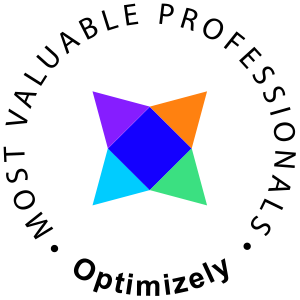When monitoring applications in Azure, one of the best practices is to segment environments (such as development, testing, staging, and production) within Azure Application Insights. A powerful way to achieve this segmentation is by using Cloud Role Name. This allows organizations to effectively analyze and troubleshoot their applications while maintaining clear visibility into different environments.
This is also a great way to get rid of multiple and sometimes costly Application Insights instances since your environment will be able to share a single instance. It is also a great way to keep track of different containers when building service-oriented applications, having them divided into many containers.
In this blog post, we will explore the benefits of segmenting environments in Azure Application Insights using roles and best practices to implement this approach.
The code
Probably why you are here. If your boss wants to know why you need this, continue to read below.
using Microsoft.ApplicationInsights.Channel; using Microsoft.ApplicationInsights.Extensibility; public class ApplicationInsightsInitializer : ITelemetryInitializer { public void Initialize(ITelemetry telemetry) { telemetry.Context.Cloud.RoleName = Environment.GetEnvironmentVariable("ASPNETCORE_ENVIRONMENT") ?? "Unknown"; } }
Replace the environment variable with whatever suits your needs. Register the class in startup, e.g.
builder.Services.AddSingleton<ITelemetryInitializer, ApplicationInsightsInitializer>(); builder.Services.AddApplicationInsightsTelemetry();
The reason: Why Segment Environments in Azure Application Insights?
Modern applications often span multiple environments, and treating them separately in monitoring tools like Application Insights ensures better observability, security, and troubleshooting capabilities. Here are the key benefits of environment segmentation using roles:
1. Improved Data Organization and Filtering
By assigning a unique Cloud Role Name to each environment, you can easily filter telemetry data within Azure Monitor. This allows you to:
-
Focus on production data without noise from development and test environments.
-
Compare performance across environments to identify discrepancies.
-
Create queries that target a specific environment, improving troubleshooting.
2. Enhanced Security and Access Control
Segmenting environments ensures that users only have access to relevant data. For example:
-
Developers can have access to development and test telemetry without exposing sensitive production data.
-
Role-based access control (RBAC) can be applied based on environments, ensuring data security and compliance.
3. More Accurate Alerts and Anomaly Detection
Monitoring across multiple environments without segmentation can lead to false alerts or missing critical issues. By separating telemetry data by role:
-
Alerts can be configured specifically for production environments without being affected by test data.
-
Anomaly detection models can learn from environment-specific patterns, leading to more accurate insights.
4. Better Performance Analysis
When tracking application performance, comparing response times, error rates, and dependencies across environments is crucial. Using Cloud Role Name, you can:
-
Identify differences in performance between pre-production and production.
-
Analyze how deployments affect performance across environments.
-
Optimize resource allocation based on insights from test environments.
5. Streamlined Troubleshooting and Root Cause Analysis
Segmentation makes it easier to diagnose and fix issues by isolating problems within a specific environment. For example:
-
Developers can focus on debugging test environments without interference from production logs.
-
If a new deployment causes a spike in errors, filtering by Cloud Role Name can help pinpoint the affected environment.
And that's it.

